South Asian Cities Conference: 'Reaching to the unreached urban poor'
State engagement of non-state actors in Karachi was highest in 1955 but went down five years later.
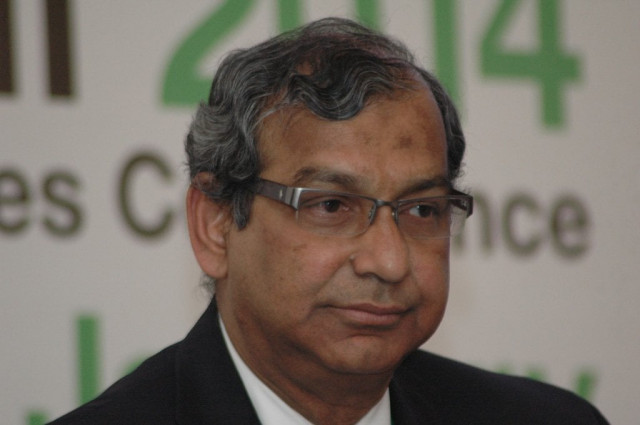
"Dhaka is 15 times a mega city because of its population. There are 30,000 people living in every square kilometer," said Taqseem Ahmed Khan.
An urban planner from Dhaka, Taqseem Ahmad Khan, went on to explain how with the support of non-governmental organisations, civil society and their government, they have devised stages in their water supply model which is in its second year. By the end of 2015, they hope to reach low-income communities with 100% service coverage. Not surprisingly, he added, their recovery rate has so far been 95%. "Though these people are earning below the poverty line, they are willing to pay," he said.
"Dhaka is 15 times a mega city because of its population. There are 30,000 people living in every square kilometer," he said, adding it was a 'mega mega city' but with informal and unplanned settlements. As the government water supply could not reach the entire population, people had moved to access the utility from the underground. "With the 'Dhaka Water Turnaround Plan' we want to turn the attention away from underground water and come to the surface."
Continuing Taqseem's point, Dr William Muhairwe, the speaker from Uganda, talked about their incumbent government's new water supply project. He said the poor are every politician's dream. They are the main voters so you have to keep them happy. They are thankful. They pay you upfront, "Plus you are serving your way to heaven," Muhairwe added, inviting chuckles from the audience.
Between explaining how he shaved off his beard after his role model, Nelson's Mandela's death, the fresh-faced Muhairwe explained his government's initiative with the clean water project. They have installed 3,000 prepaid meters. In layman's terms, you pay cash for the amount of water you need, receive tokens and get water from the pump. It is just the initial investment that is required as people are capable of paying for the water but cannot pay for a connection. "But it is a great business, as the poor attract donors and they pay back; they are cash cows!"
Faisal Shaheen, a researcher from Toronto, used his thesis paper to explain how civil society, government, non-state actors and donors all contribute in helping the low-income population in Karachi, Dhaka and Bombay.
State engagement of non-state actors in Karachi was highest in 1955 but went down five years later. The main reason, he said, was the absence of formalised state facilitation, a lack of trained people in the lower tiers, a strict bureaucracy and a lack of cooperation, to which the other panelists furiously nodded, taking notes.
Dr Neil Mcleod, Abdul Motelab and a speaker from the Sindh Government, Pervaiz Ahmed Seehar, also spoke on the occasion with the latter getting most attention from the journalists present.
Seehar talked about the Sindh government's initiative to reach out to the informal settlements but he failed to keep the attention of the audience. He talked about establishing a corporate service delivery in which anyone and everyone can call to complain about the lack of municipal facilities and utilities in their areas.
He did not, however, mention how they plan on solving those problems.

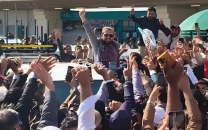
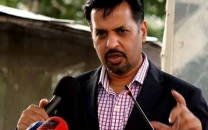
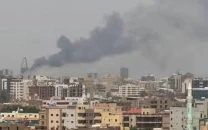
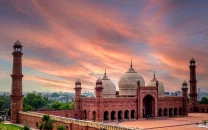
1675249047-0/image-(18)1675249047-0-208x130.webp)













COMMENTS
Comments are moderated and generally will be posted if they are on-topic and not abusive.
For more information, please see our Comments FAQ